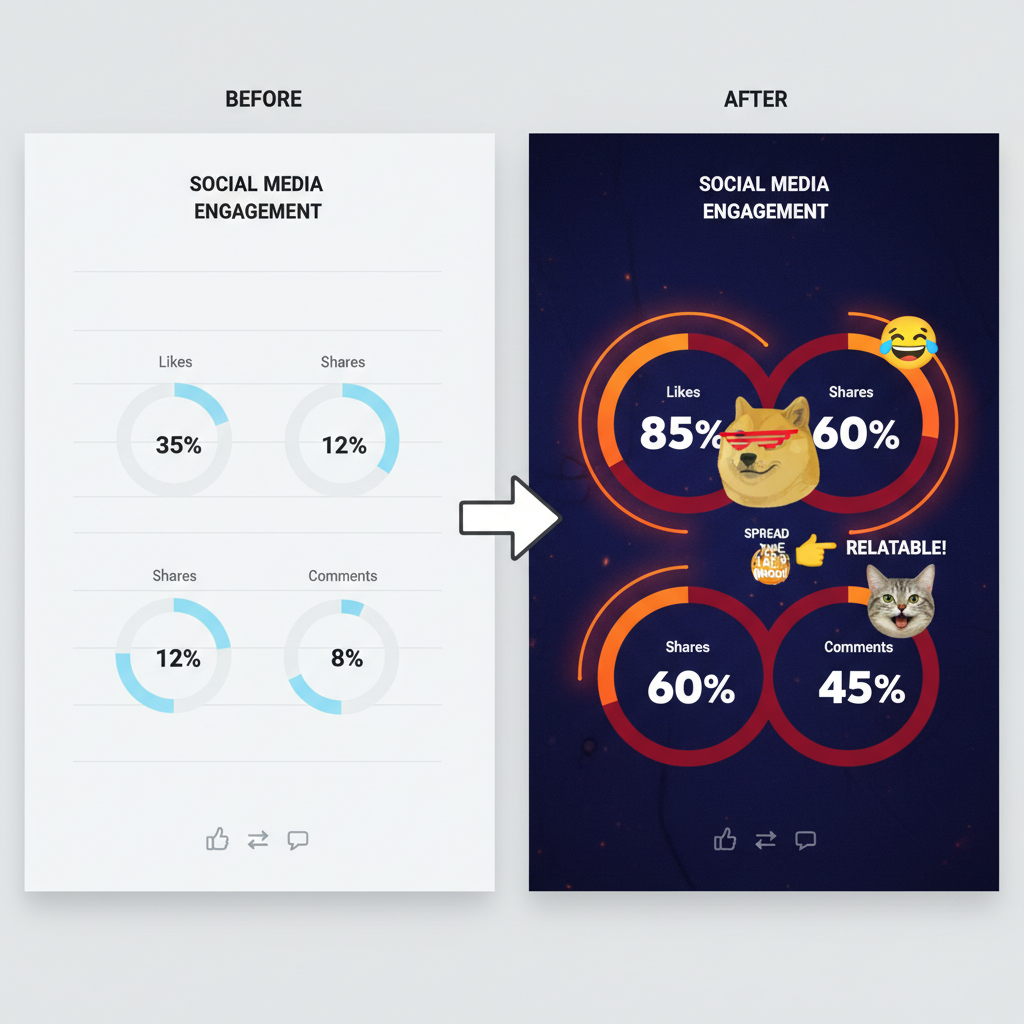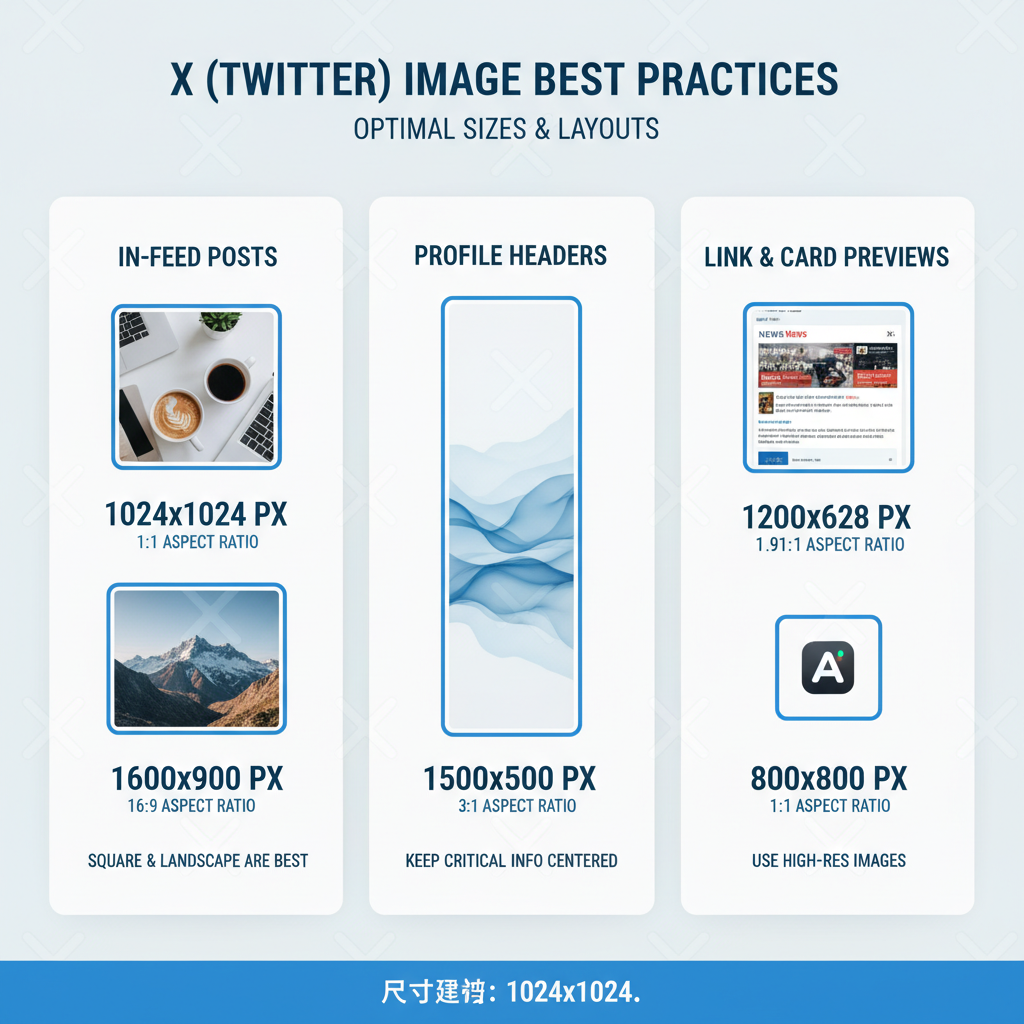Engaging Images for Twitter to Increase Interaction
Learn how to design engaging, optimized Twitter images with the right sizes, colors, and focal points to boost audience interaction and shares.

Engaging Images for Twitter to Increase Interaction
Twitter is a fast-paced platform where content moves at lightning speed — and visuals are the key to grabbing attention before your tweet gets lost in the scroll. Using optimized images for Twitter can dramatically boost engagement, impressions, and shares. The right approach combines design best practices with a keen eye on trending topics and audience preferences, elevating your tweets into standout pieces that drive results and build lasting brand visibility.

---
Understanding Twitter’s Visual Trends and Audience Preferences
Twitter’s culture is dynamic, with trends shifting rapidly based on events, memes, and popular hashtags. Recognizing what resonates with your target audience is crucial for visual success.
- Observe trending hashtags: Search for trending topics daily and note the visuals used.
- Follow industry leaders: See what styles influential accounts employ.
- Engage with communities: Identify whether your audience prefers humor, data visualization, or minimalism.
Twitter users often react better to images that feel timely, relatable, and platform-native rather than stock-like or overly polished.
---
Research Optimal Image Sizes and Aspect Ratios
The wrong image size can ruin your visual strategy — cropping important details or displaying poorly in feeds. For maximum impact, design according to Twitter’s recommended dimensions:
| Type of Image | Recommended Dimensions | Aspect Ratio |
|---|---|---|
| Standard Tweet Image | 1600 x 900 px | 16:9 |
| Twitter Header | 1500 x 500 px | 3:1 |
| Twitter Ad Banner | 800 x 418 px | 1.91:1 |
| Profile Picture | 400 x 400 px | Square |
Maintaining the correct ratio ensures your images appear crisp and professional on both desktop and mobile views.

---
Choosing the Right Color Palette and Style to Match Brand Identity
Your images should instantly tell users who you are. A consistent color palette boosts brand recognition and sets the tone.
- Warm palettes: Evoke energy and excitement — ideal for lifestyle or entertainment brands.
- Cool palettes: Promote professionalism and calmness — optimal for corporate or educational sectors.
- Neutral tones: Flexible and timeless — great for diverse product lines.
Use tools like Adobe Color or Coolors to define a palette that aligns perfectly with your logo, website, and brand personality.
---
Creating Scroll-Stopping Visuals with Bold Focal Points
Twitter's feed is crowded. Your visuals need a clear focal point to make users pause and engage. This could be a striking subject, strong contrast, or unique perspective.
Tips for bold focal points:
- Use central alignment for key subjects.
- Apply depth-of-field effects to highlight one key element.
- Employ bright accents against muted backgrounds.
---
Using Text Overlays Strategically
Text overlays can effectively communicate your message even if users don’t click your tweet. But Twitter’s fast scrolling demands brevity.
Best practices:
- Keep it short: 3–6 words maximum.
- Readable fonts: Sans-serif works best for clarity on small screens.
- High contrast: Dark text on light backgrounds or vice versa.
Example CSS snippet for consistent overlay styling:
.overlay-text {
font-family: 'Helvetica Neue', sans-serif;
font-size: 36px;
font-weight: bold;
color: #ffffff;
text-shadow: 2px 2px 4px rgba(0,0,0,0.6);
}---
Incorporating Icons, Memes, or Illustrations for Relatability
Relatable content increases shareability and fosters engagement. Icons can simplify complex ideas, memes inject humor, and illustrations add a distinctive touch.
- Icons: Perfect for infographics, quick tips, or simplified data.
- Memes: Ideal for light-hearted or trend-based marketing campaigns.
- Illustrations: Great for storytelling or branding that requires uniqueness.
Base your choice on audience tone and your brand’s positioning.
---
Designing Templates for Consistent Posting
Visual consistency builds recognition. Templates let you efficiently update content while keeping style uniform.
Popular tools:
- Canva: Beginner-friendly with drag-and-drop features.
- Photoshop: Advanced editing and customization.
- Figma: Excellent for collaborative design teams.
Standardizing template layout for quotes, promotions, or product highlights ensures brand coherence over time.

---
Testing Motion Graphics or Subtle Animations
Static images are powerful, but motion graphics can elevate your Twitter visuals further. Looping GIFs or subtle animations draw the eye without dominating the viewer’s feed.
Benefits:
- Increases dwell time on tweets.
- Encourages replays due to looping.
- Communicates complex ideas swiftly.
Keep animations under 15 seconds to maximize completion rates.
---
Optimizing Image File Size for Fast Loading
Twitter compresses images automatically, yet controlling quality-to-size ratio remains vital. Large files lead to loading delays, hurting engagement.
Optimization tips:
- Save JPEG for photographs, PNG for flat graphics.
- Use online compression tools like TinyPNG or Squoosh.
- Keep file sizes under 3 MB without losing clarity.
---
Including Alt Text for Accessibility and SEO
Alt text supports accessibility and offers SEO benefits. Twitter enables alternative text descriptions for images, aiding visually impaired users and providing search engines with context.
Guidelines:
- Describe the image clearly and naturally.
- Integrate relevant keywords (e.g., “Branding infographic with blue and orange color palette”).
- Avoid keyword stuffing.
---
Analyzing Performance Metrics
Tracking visual performance removes guesswork from your strategy. Focus on essential metrics:
| Metric | What It Measures |
|---|---|
| Engagement Rate | Likes, retweets, replies relative to impressions |
| Impressions | How many times your tweet appeared in feeds |
| Shares | Number of times users re-shared the content |
| Click-Throughs | Number of clicks on links within the tweet |
Platforms like Twitter Analytics or Sprout Social reveal timing, style, and thematic patterns for your visuals.
---
Refining Creative Strategy Based on Top-Performing Visuals
Once you pinpoint what works, amplify it. Review:
- Which color schemes generate higher engagement.
- Whether text overlays or clean visuals perform better.
- Which motion effects improve dwell time.
Update template libraries and repurpose successful formats for future campaigns.
---
Summary
By integrating timing-driven trends, optimized sizing, brand-centered palettes, strategic overlays, and analytical feedback, you can maximize the reach and impact of your images for Twitter. This fast-moving platform rewards creativity anchored by data — so keep refining, testing, and producing scroll-stopping visuals.
Ready to enhance your Twitter presence? Start applying these visual strategies today and watch your engagement soar.




